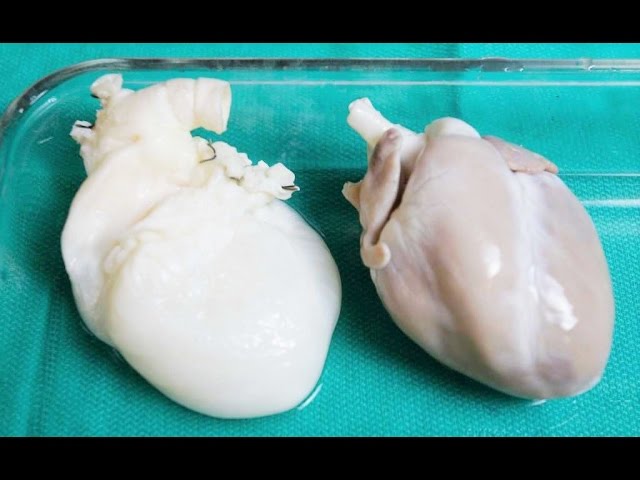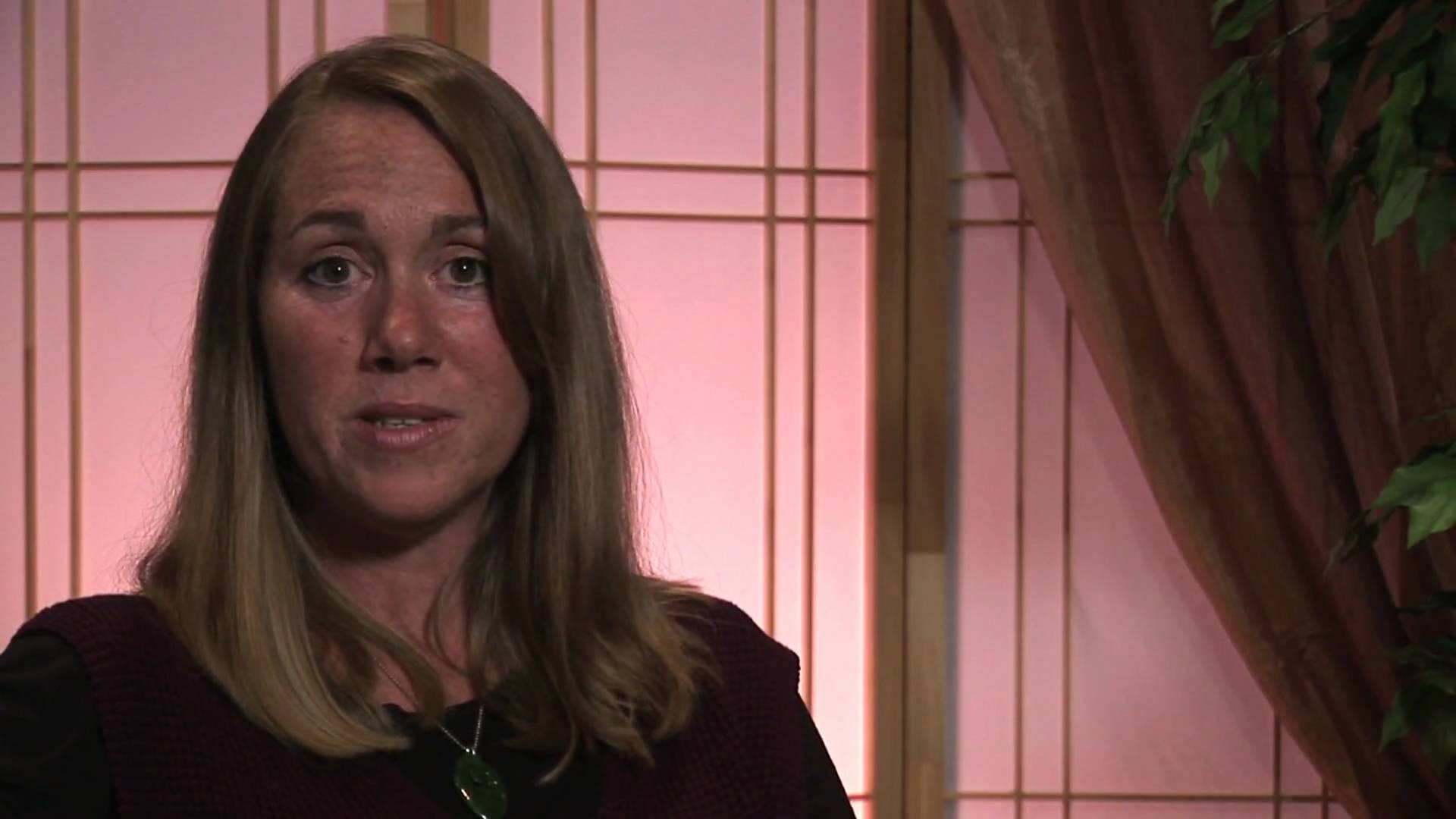How common is death by properly prescribed drugs? Dr. Carolyn Dean discusses some frightening statistics about how many unnecessary deaths are caused by this each year. She also gives a perfect example of how the current medical system works to gradually increase medications that you will likely never get off of!
http://www.ihealthtube.com http://www.facebook.com/ihealthtube
Tag: stress
Kati Interviewed by Lauren for her newspaper article
I just did an interview with Lauren. She is writing a piece about me for her school newspaper and wanted me to answer some questions! I am so excited to see the final product Lauren and thank you so much for thinking of me!
I hope you all enjoy!
Healthy Mind Healthy Body!!
Help us caption & translate this video!
http://amara.org/v/BvIN/
-~-~~-~~~-~~-~-
Please watch: "Mitchell Davis talks Agoraphobia, OCD & Panic Attacks | On The Couch Ep. 3 with Kati Morton"
-~-~~-~~~-~~-~-
10 Unbelievable Recent Medical Discoveries
Subscribe for weekly wacky videos and learn interesting facts about the world with awesome top 10 lists and other amazing videos.
7. Tiny Pacemakers – The first pacemaker was implanted in 1958 and since then the technology has improved in fits and starts. While there hasn’t been much improvement in the last couple of decades, that is all about to change. Medtronic, the company that created the first pacemaker, is set to redefine the industry. Its newest model will only be the size of a vitamin and can be implanted via a catheter. This new technique to implant the device has been highly successful, improving the complication rate by over 50%. Now 96% of patients report no major complications.
6. Brain Implants – Researchers at the Ohio State University are working on brain implants to read a patients’ brain impulses in order to control prosthetics. Their test subject, Ian Burkhart is paralyzed from the chest down but has been able to re-train his brain to issue commands to a special prosthetic sleeve on his arm in order to pour drinks. To accomplish this, the doctors implanted a microchip in his brain which translates electrical impulses in the brain into movement. Right now this device is a proof of concept, but the researchers are making steady gains and hope to have a product to bring to the market in the near future.
5. Artificial Skin – Improving the look of aging skin has been the Holy Grail for dermatologists since…forever. Artificial skin grafts are currently available and they have steadily improved, however, two new breakthroughs may revolutionize the industry. An MIT scientist named Robert Langer has developed a polymer based “second skin” which mimics the appearance of youthful skin instantly when applied. The downside right now is that it only lasts a few days. Not to be outdone, UC Riverside chemistry professor, Chao Wang, is working on a conductive mesh polymer that can actually self-heal. Apparently a fan of the Marvel character Wolverine, and his ability to self-heal, he says he is “trying to bring science fiction into the real world.”
4. Bio glass Cartilage – Scientists have recently created a material the call “bio glass”. Bio glass is a 3D printed silica-polymer combination that combines the strength and flexibility necessary to provide a viable replacement for human cartilage. As proposed the bio glass can be used as a scaffold to allow human cartilage to regrow, but it also has self-healing properties as well, allowing the material to re-bond if torn. Research is still be conducted but the scientists hope to start clinical trials in the near future.
3. Google Eye Implant – That’s right, the same company that provides the search engine millions of people use every day also has a medical division. Their latest project – the Google Contact Lens – is an implantable lens that can be used to replace the eye’s natural one. The obvious goal is to improve vision for the patient, but this device offers so much more. It could potentially read blood pressure, record glucose levels for diabetics, wirelessly update your doctor, and even restore vision for the blind. It is currently in clinical trials. Let’s hope it comes to the market sooner rather than
later.
2. Ghost Hearts – A new technique has been developed for those needing heart transplants. Doris Taylor from the Texas Heart Institute has pioneered a new technique which involves taking a donor animal heart and bathing it in a solution that strips away all of the animal’s cells, except for the protein. The remaining “ghost heart” can then be treated with a solution of the patients own stem cells to have them use the animal heart structure to regrow a new heart for the patient. The heart is then hooked up to a bioreactor – an artificial circulatory system, until it is ready for implantation.
1. Injectable Brain Mesh – Researchers from Harvard University have created a conductive polymer mesh that can be injected into the brain where it morphs to the brain tissue. The researchers believe that the mesh could actually monitor the brain down to the individual neuron level. They hope to one day be able to treat stroke patients and those suffering from other neurological disorders such as Parkinson’s disease. They also hope to achieve a better understanding of higher level cognitive functions, such as emotions and memory.
https://www.youtube.com/watch?v=bGtEZRUwdmY
Burnt Pages (Youth Mental Health Documentary)
Restoring the “Care” in Healthcare
HeartMath announces the HeartMath Caritas National Pilot Program. Partnering with distinguished professor Dr. Jean Watson and the Watson Caring Science Institute, the program aims to restore the "care" in healthcare by transforming current healing models beyond the "fix it" approach where healthcare solutions can overly focus on drugs and surgery as the sole answer.
The HeartMath Caritas model emphasizes the positive impact that human care brings to the healing process of the patient. The model does not exclude the importance of current practices but rather honors "true care" as a critical component in wholeness healing. The emphasis on care benefits the overall healthcare environment, uniting staff in a shared and focused commitment to improve and care for the lives of others.
Many healthcare sites around the country are participating in this pilot program including, Kaiser Permanente Antioch Medical Center in California, Samaritan Medical Center in Verona, New York, Baptist Health Medical Center in Jacksonville, Florida, and Chesapeake Regional Medical Center in Norfolk, Virginia.
Aimee Schubert, a registered nurse at Bon Secours, St. Mary's Hospital of Richmond, Virginia talks about her experience using HeartMath's applications and Dr. Jean Watson's theory on "caring science."
To learn more about the HeartMath's scientifically validated programs, applications and emWave technologies for healthcare organizations as well as the HeartMath Caritas National Pilot Program go to www.heartmath.com. Read more about their published clinical research at www.heartmath.org.
To learn more about Dr. Jean Watson's "Caring Science" and the Watson Caring Science Institute go to www.watsoncaringscience.org.




